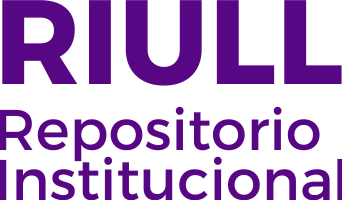Performance of a tertiary submerged membrane bioreactor operated at supra-critical fluxes
Fecha
2014Resumen
A pilot-scale submerged aerobic membrane bioreactor (MBR) was run for over 3 months to assess the sustainability to operate at supra-critical fluxes. The MBR was applied as advanced treatment of secondary effluent from a conventional wastewater treatment plant. The system was successfully operated without biomass purge at hydraulic retention time (HRT) of 8.8 h, resulting in a moderate liquor suspended solid concentrations range (MLSS¼4.1–7.1 g/l) in the bioreactor, according to the influent organic load fluctuations. Treatment performance was stable and achieved high conversion of ammonium to nitrate (96%) and dissolved organic carbon removal (53%). Short-term tests have been carried out according to a modified flux-step method to determine critical flux and evaluating optimum membrane cyclical aeration frequency. For the long-term tests, an alternative operation mode for backwashing initiation, based on a pre-selected transmembrane set-point, was applied. Under typical specific demand values (SADpnet¼13.7–18.3 N m3/m3), continuous operation under different supracritical filtration fluxes (J¼60–80 l/h m2) and backwashing fluxes (40–80 l/h m2) can be maintained without any chemical cleaning. Analysis by means of sludge fractionation in lab-scale tests, at similar hydrodynamic conditions, indicated that the contribution of suspended solids to cake membrane fouling was estimated about 86–89%





